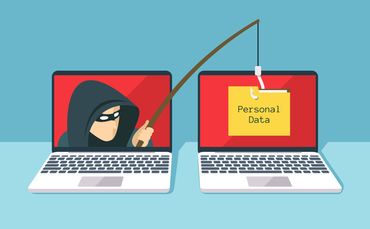[ad_1]

Weekly cyber-attacks on corporate networks surged by 50 per cent last year compared with 2020, according to new research from cybersecurity vendor Check Point Software.
Hackers targeted Africa, Asia Pacific and Latin America the most, but Europe saw the highest percent increase in cyberattacks year-on-year with a jump of 68 per cent.
Education and research proved to be the most targeted industry with a 75 per cent increase in attacks to reach an average of 1,605 per week globally.
“Hackers keep innovating,” Omer Dembinsky, data research manager at Check Point Software said.
“We saw cyber-attack numbers peak towards the end of the year, largely due to the Log4J vulnerability exploit attempts.
“New penetration techniques and evasion methods have made it much easier for hackers to execute malicious intentions.”
A vulnerability was found in open source logging library Log4J in December, which is used by apps and services that use the internet. The vulnerability meant that attackers could break into systems to steal passwords and logins, steal data or infect networks with malware.
The government and military sector was the second most targeted with an average of 1,136 attacks per week – an increase of 47 per cent – while attacks on the communications industry occurred an average of 1,079 times per week which was up 51 per cent on 2020.
Cyberattacks on ISPs and MSPs, meanwhile, jumped 67 per cent to an average of 1,068 per week.
System integrators, VARs and distributors were targeted an average of 778 times per week, while attacks on software vendors increased 146 per cent to an average of 536, the research claims.
Hardware vendors ranked at the bottom of the list of industries mentioned in the research at an average of 367 per week, a 16 per cent increase.
“What’s most alarming is that we’re seeing some pivotal societal industries surge into the most attacked list. Education, government and healthcare industries made it into the top five most attacked industries list, worldwide,” Dembinsky added.
“I expect these numbers to increase going into 2022, as hackers will continue to innovate and find new methods to execute cyber-attacks, especially ransomware.
“We’re in a cyber pandemic, if you will. I strongly urge the public, especially those in the education, government and healthcare sectors, to learn the basics on how to protect themselves. Simple measures such as patching, segmenting your networks and educating employees can go a long way in making the world safer.”
[ad_2]
Source link